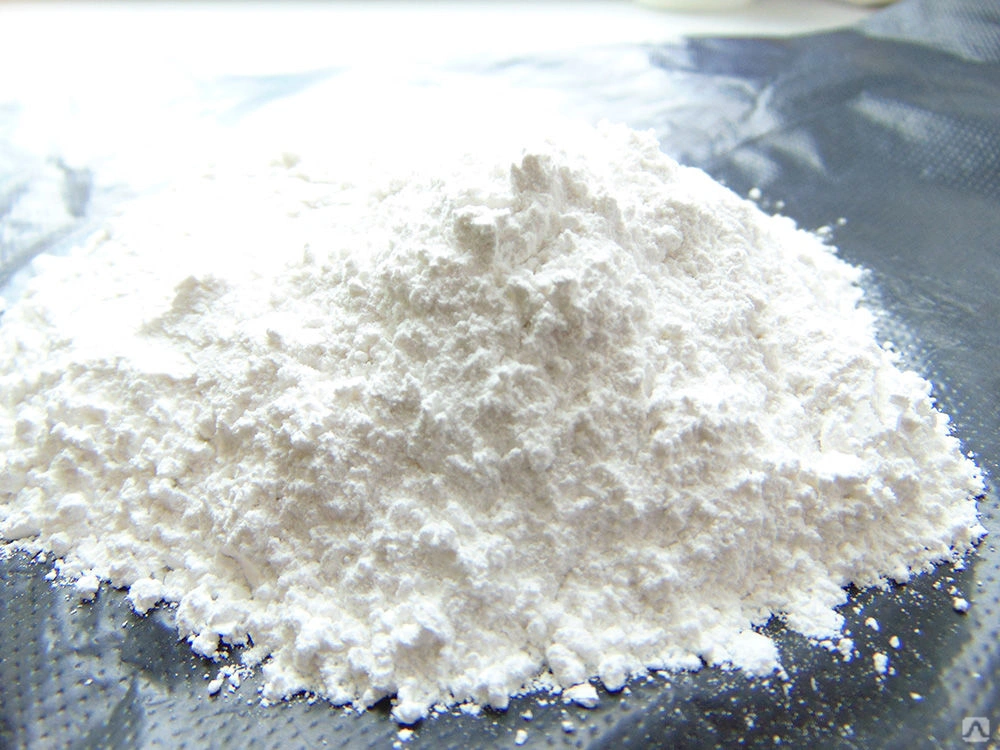Fructo-Oligosaccharides Market: Regulatory Landscape and Compliance Challenges
 aaravkadam
aaravkadam
The fructo-oligosaccharides (FOS) market is experiencing significant growth, driven by increasing consumer awareness of health benefits and rising demand for prebiotic ingredients. As the market expands, so too does the complexity of its regulatory landscape. Understanding the various regulations and compliance challenges is essential for manufacturers aiming to navigate this intricate environment successfully.
Overview of Fructo-Oligosaccharides
Fructo-oligosaccharides are short-chain carbohydrates that serve as prebiotics, promoting the growth of beneficial gut bacteria. Naturally found in many fruits and vegetables, FOS is increasingly used in dietary supplements, functional foods, and beverages. Their health benefits include improved digestion, enhanced immune response, and potential weight management properties, making them a popular choice among health-conscious consumers.
Regulatory Framework
1. Global Standards
The regulatory environment for FOS varies significantly across different regions. Key organizations that govern food safety and health regulations include:
FDA (U.S. Food and Drug Administration): In the United States, FOS is classified as a Generally Recognized as Safe (GRAS) substance, allowing its use in food products without prior approval. However, manufacturers must still comply with labeling and safety requirements.
EFSA (European Food Safety Authority): In Europe, FOS is regulated as a food additive and must undergo rigorous safety assessments. EFSA provides guidelines for acceptable daily intake levels and labeling requirements for products containing FOS.
WHO (World Health Organization): The WHO offers international guidance on food safety and health, influencing regulatory frameworks in various countries.
2. Country-Specific Regulations
Countries may have specific regulations concerning the use of FOS in food products. For example, some Asian countries have unique labeling requirements or restrictions on the maximum allowable levels of FOS in functional foods and beverages. Understanding these regional differences is crucial for compliance.
Compliance Challenges
1. Safety Assessments and Approvals
One of the most significant challenges for FOS manufacturers is navigating safety assessments and obtaining necessary approvals. While GRAS status simplifies the process in the U.S., companies must still provide scientific evidence supporting the safety and efficacy of their products. In Europe and other regions, the evaluation process can be more stringent, requiring comprehensive toxicological studies and clinical trials.
2. Labeling Requirements
Labeling regulations vary by region and can be a source of confusion for manufacturers. In the U.S., FOS products must include accurate ingredient lists and nutritional information, while European regulations may require specific health claims to be substantiated with scientific evidence. Non-compliance can lead to recalls, fines, or reputational damage.
3. Market Surveillance and Enforcement
Regulatory authorities conduct market surveillance to ensure compliance with food safety standards. This ongoing monitoring can lead to unexpected challenges for manufacturers, as products may be tested for safety and efficacy at any time. Failure to meet regulatory standards can result in penalties or market withdrawal.
4. Changing Regulations
The regulatory landscape for food ingredients is continually evolving. Manufacturers must stay informed about changes in regulations, which can affect ingredient sourcing, labeling, and marketing practices. Keeping abreast of these developments is essential for maintaining compliance and avoiding costly setbacks.
Strategies for Compliance
1. Engage Regulatory Experts
Navigating the complexities of food regulations can be daunting. Collaborating with regulatory consultants or legal experts who specialize in food law can help companies understand requirements and prepare for potential challenges.
2. Invest in Research and Development
Conducting thorough research and development is critical for ensuring the safety and efficacy of FOS products. Investing in robust scientific studies can provide the necessary data to support safety claims and facilitate smoother approval processes.
3. Develop Comprehensive Quality Management Systems
Implementing a quality management system can help manufacturers ensure consistent compliance with safety standards. This includes regular audits, documentation of processes, and employee training on regulatory requirements.
4. Foster Open Communication with Regulatory Bodies
Establishing open lines of communication with regulatory agencies can aid in understanding expectations and addressing concerns proactively. Engaging in dialogues can also provide valuable insights into emerging trends and potential regulatory changes.
Subscribe to my newsletter
Read articles from aaravkadam directly inside your inbox. Subscribe to the newsletter, and don't miss out.
Written by
